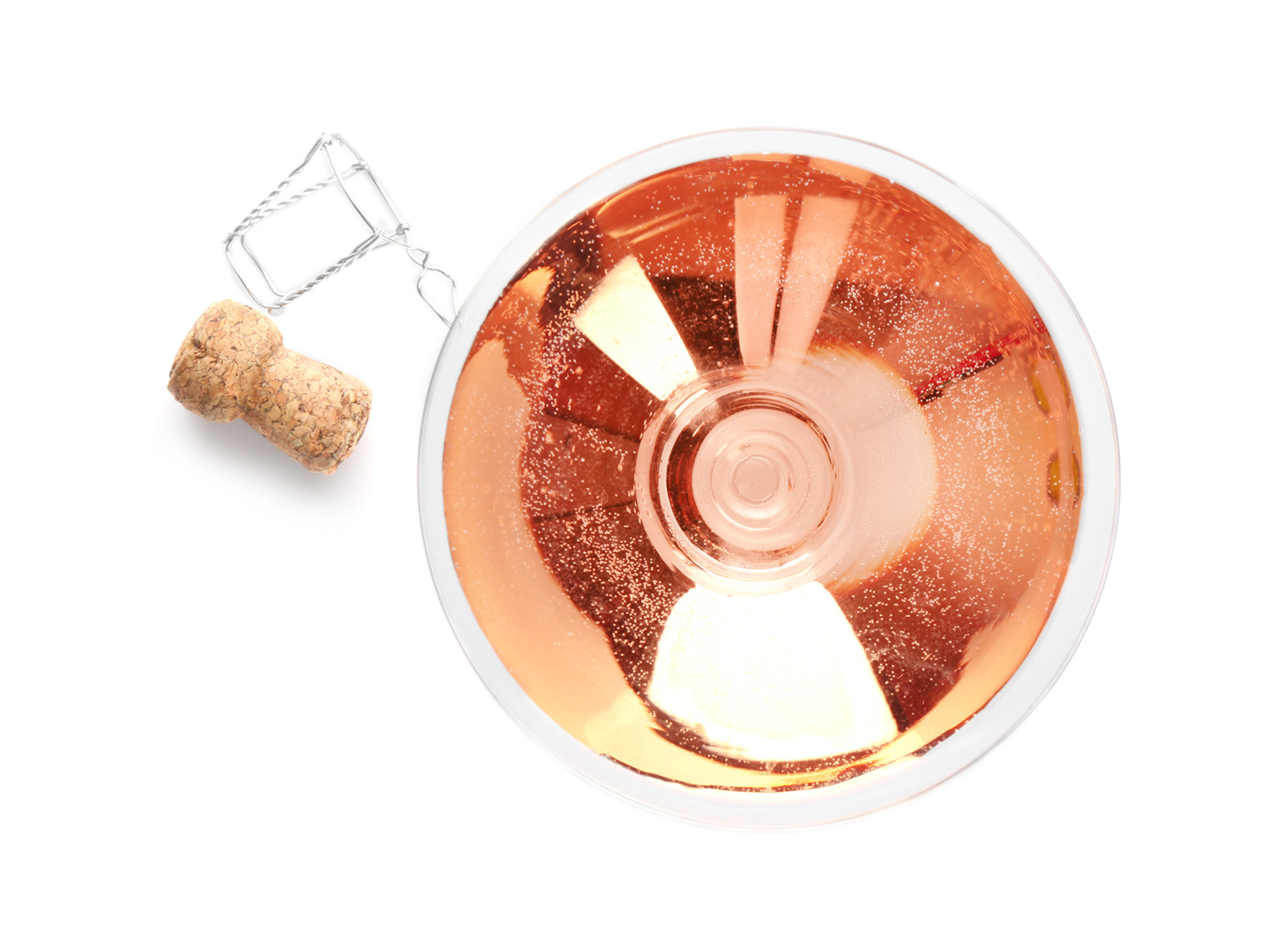What can we expect from Prosecco rosé? Here you will find forecasts, production fundamentals, and tasting sensations to better understand Prosecco’s latest novelty
The main reason for last months’ great excitement in the world of bubbles is the newborn Prosecco rosé.
The all-Italian bubble was introduced for the first time on the market in 2020 and it seems to be destined for success.
Forecasts
As reported by Corriere Vinicolo on the 2nd of November 2020, forecasts project a Prosecco rosé production close to 50 million bottles for 2021, which corresponds to 31% of global production. However, the expected demand corresponds to 150 million pink bottles, which represents 5% of sparkling wine total consumption.
But how is a Prosecco rosé born? Let’s make a short journey to discover this wonderful world, learning some general notions about Prosecco production, and some specific ones about Prosecco rosé.
Prosecco (rosé) regulations
First of all, it is important to know that the “Disciplinare di produzione” (wine regulation) is a document that regulates Prosecco production. It is published in the Gazzetta Ufficiale of the Italian Republic. Prosecco actually belongs to the DOP line (DOCG and DOC), a PDO denomination intended only for products linked to a certain territory, which have specific intrinsic characteristics, and precise standards at the production level.
Secondly, we should learn which grape varieties are required for Prosecco rosè production. As for all Prosecco wine, Glera is the main component; in case of Prosecco rosé this grape represents a percentage of 85-90 % of the total; it is paired to a small quantity of red vinified Pinot Nero, which has a percentage between 10-15%.
Thirdly, another interesting feature is that the yield per hectare of Glera grapes cannot exceed 18 tons per hectare, while Pinot Nero must remain below 13.5 tons per hectare.
The minimum natural alcoholic strength by volume, which is formed following primary fermentation and without any added sugars, must be above 9 degrees alcohol for both vines; a value that will increase to 11% volume in the final product, following the secondary fermentation in stainless steel tanks required for sparkling wines.
The Prosecco DOP is divided into four sub-categories; the latest addition is precisely the rosé:
- Prosecco
- Prosecco spumante
- Prosecco spumante rosé
- Prosecco frizzante
According to the “Disciplinare di Produzione”, Prosecco rosé must be “spumante” (sparkling); that is to say, fermentation must be natural and must occur in a tank, a pressure vessel generally made of steel. According to the regulations, this process must last a minimum of sixty days. The tank is the distinctive symbol of the Martinotti-Charmat method, an alternative to the older Classic Method, which instead requires bottle fermentation.
Organoleptic characteristics
As far as the organoleptic characteristics are concerned, the starting point is undoubtedly the sight. Prosecco rosé must have a more or less intense and brilliant light pink color; the foam must be persistent. As for the smell, we can expect a fine aroma with hints typical of the wine grapes; following pear and white petal flowers aroma, given by Glera, and raspberry and red flowers given by Pinot Nero.
As regards sugars, and therefore taste, only 4 types of Prosecco rosé are allowed, which are classified on the basis of the grams of sugars per liter:
- Brut Nature, less than 3 g / l of sugars
- Extra Brut, sugars between 0 and 6 g / l
- Brut, sugars below 12g / l
- Extra Dry, sugars between 12 and 20 g / l
In the case of Prosecco spumante, the Dry and Demi-sec types are allowed too. They have higher sugar levels than the ones listed above.
Let’s dig into Prosecco rosè
Unlike the other types of Prosecco, the rosé must display the term “millesimato” on the label, and therefore the vintage year. By “millesimato” we mean a wine product of which at least 85% of the cuvée comes from the same vintage.
An important characteristic that all Prosecco wines share is certainly the area of origin of the grapes; this is limited to the provinces of Belluno, Padua, Treviso, Venice and Vicenza in Veneto, and Gorizia, Pordenone, Trieste and Udine in Friuli-Venezia Giulia. These areas have a temperate climate, are protected from the cold winds of the north by the Alps, and are influenced by the sirocco wind, which provides high rainfall thanks to the Adriatic Sea.
These are just some of the features that characterize Prosecco rosé production, probably the most interesting ones for non-experts.
As the market welcomes the first 2020 vintage bottles, we are ready to keep up to date on Prosecco rosé, confident that it will be soon recognized worldwide as one the famous Italian excellences.



